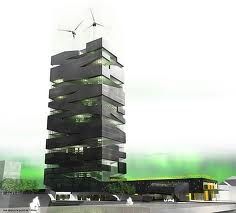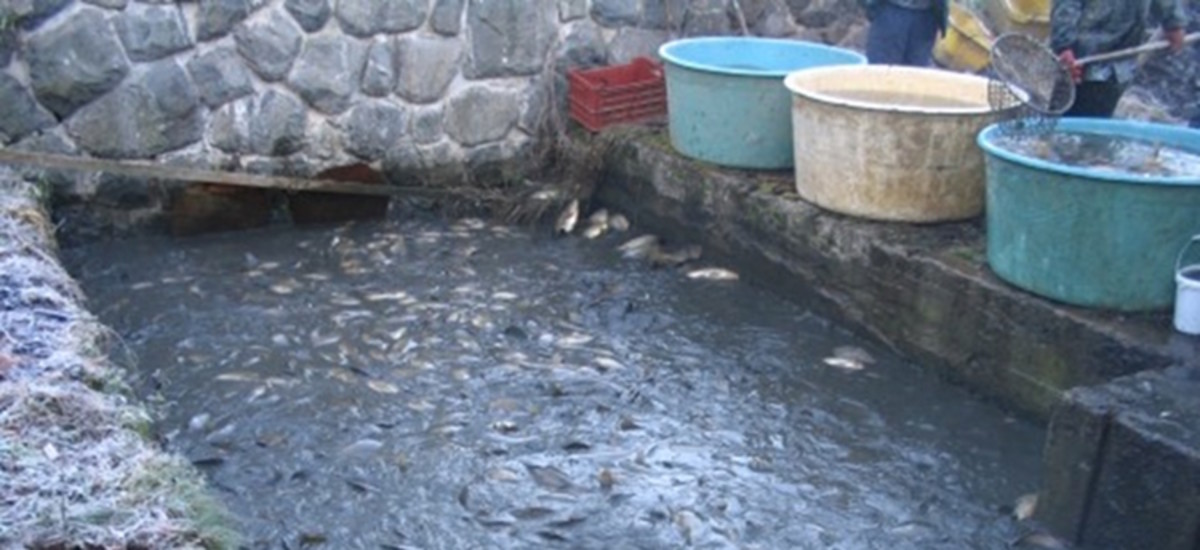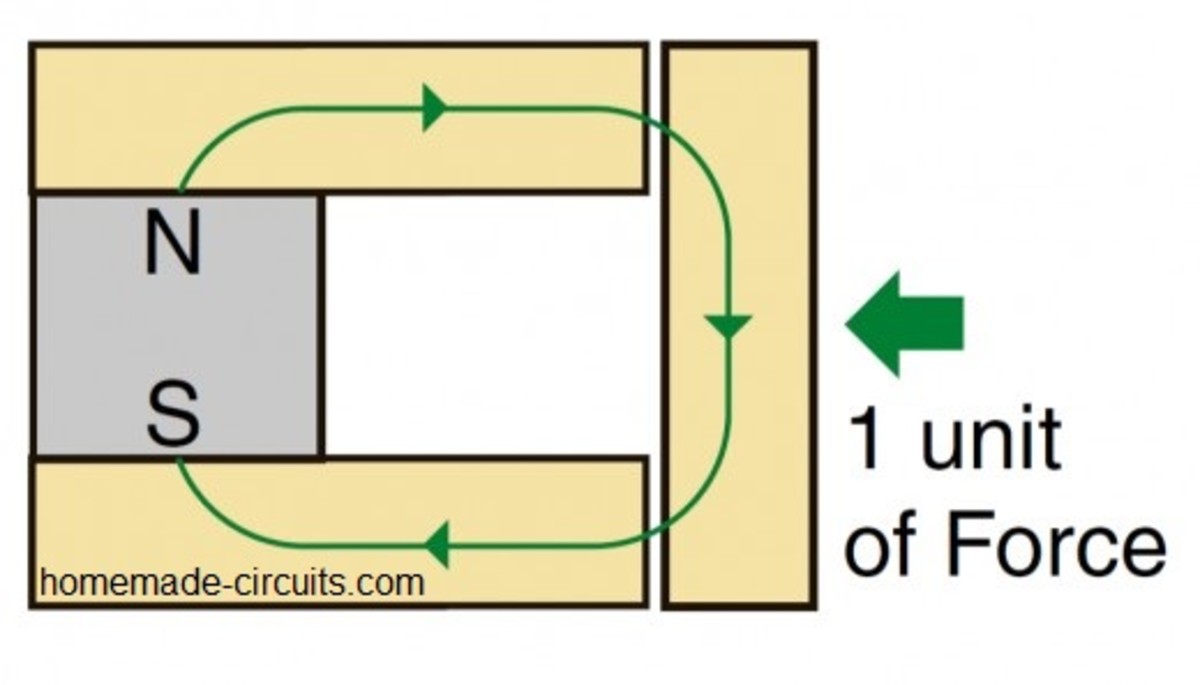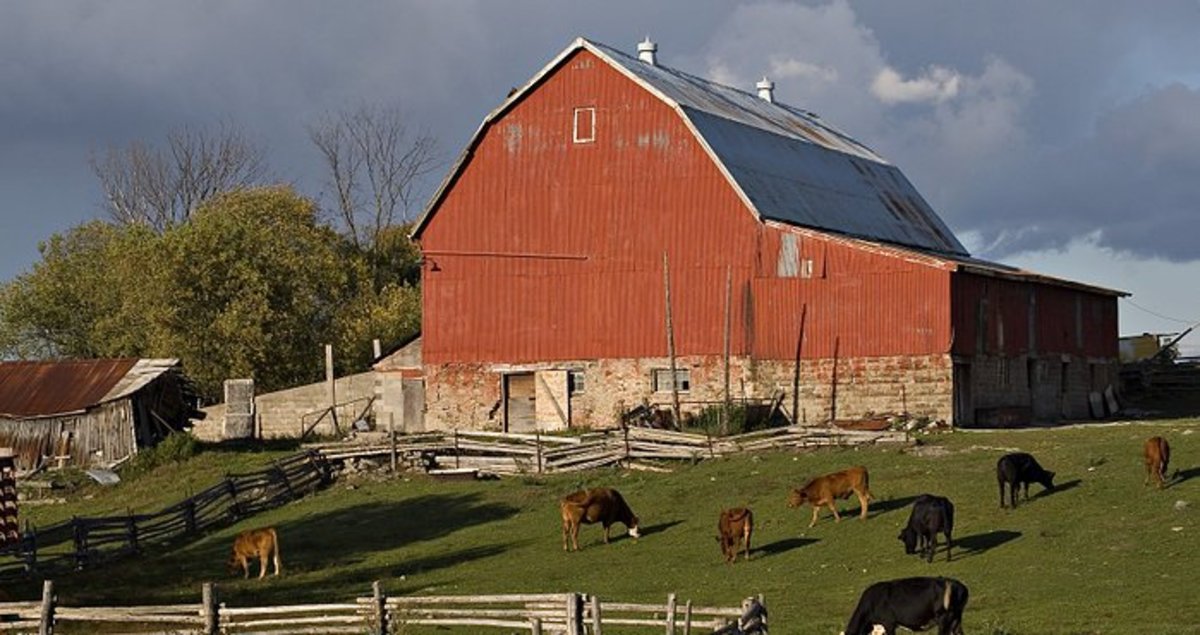Vertical Farms by Dickson Despommier

Introduction to Vertical Farming
I first heard about the idea of vertical farms while conducting research in sustainability and design. He you will find a brief introduction to the concept and other useful information.
A Vertical Farms is a concept that was developed by Professor Dickson D. Despommier from Columbia university which grew out of a need to reduce disease transfer and costs associated from shipping agricultural products into urban cities. The idea is simple, to use current Hydroponic and environmentally friendly technologies to produce fruits & vegetable in urban buildings. After its initial start as a student project the idea of Vertical Farms has grown popular world wide. As yet no Vertical Farms are in existence, but hopefully they will be a reality soon.
This Hub Page provides a brief overview of Vertical Farms, its founder Dickson Despommier and resources if you want to know more. If you are interested in Vertical Farms, you may also be interested in my other Hub pages on Vertical Gardens by Patrick Blanc.
I hope you enjoy discovering and learning more about this innovative concept that will change our future as much as I have.

What are Vertical Farms?
Professor Despommier is a trained microbiologist/ecologist for 27 years who conducted laboratory-based research on soil transmitted parasitic diseases from the farm to humans. The Vertical Farm project was established as a theoretical construct to look at the possibility of agricultural sustainability within cities. The idea grew out of a class project to measure the effects of rooftop gardening in New York City on reducing the dome of heat that develops over the city. From that original idea the concept expanded into urban agriculture and finally to multi-story indoor farming.
By the year 2050, nearly 80% of the earth's population will live in urban city centers. In addition with an increasing global population and the reducing agricultural land, there is a growing need to product enough food to feed the population. If traditional farming practices continue there will not be enough land to accommodate the increasing population. A potential solutions to this problems could well be Vertical Farms.
Whats is a Vertical Farm?
The concept of a Vertical farming is not new with the phrase 'vertical farming' coined by Gilbert Ellis Bailey in 1915. In his nearly forgotten book 'Vertical Farming', Bailey defined the earliest meanings and methods of 'vertical farming'. But simply, Vertical Farming as the name imply is the concept that with our currently technology and knowledge it will be economically and environmentally viable to cultivate plants and or animal life within multi-story building and skyscrapers, or on vertically inclined surfaces.
Sustainable urban living and the raising of food within large urban center is bound to be fraught with hidden pitfalls when starting out, particularly technical and economic issues. However with enough input from multiple disciplines such as industrial and soil microbiology, engineering, public health, policy making, urban planning, architecture, agronomy, plant genetics and economics.
For Vertical Farms to be viable they must be efficient, cheap to construct and safe to operate, housed in multi-story high buildings Vertical Farms can be situated in numerous sites in the heart of the world's urban centers. If successfully implemented, they offer the promise of urban renewal, sustainable production of a safe and varied food supply with crop production all year-round, and eventual repair of ecosystems that have been sacrificed for traditional farming methods.
Features of Vertical Farming
- Year-round crop production (1 indoor acre = 4-6 outdoor acres or more, depending upon the crop e.g., strawberries: 1 indoor acre = 30 outdoor acres)
- No weather-related crop failures due to droughts, floods, pests
- All vertical farm foods is grown organically: no herbicides, pesticides, or fertilizers
- Vertical Farming virtually eliminates agricultural runoff by recycling black water
- Returns used farmland to nature, restoring ecosystem functions and services
- Vertical Farms greatly reduces the incidence of many infectious diseases that are acquired at the agricultural interface
- Vertical Farms converts black & gray water into potable water by collecting the water of evapo-transpiration
- Adds energy back to the grid via methane generation from composting non-edible parts of plants and animals
- Dramatically reduces fossil fuel use (no tractors, plows, shipping.
- Able to convert abandoned urban properties into Vertical Farms
- Creates sustainable environments for urban centers
- Vertical Farms creates new employment opportunities
Introduction to Vertcial Farming by Dickson Despommier

TEDx Talks by Dickson Despommier
Hydroponic Kits

Opinion Poll
Would you like to have a Vertical Farm in your city?
Useful Links
- The Vertical Farm
Official Vertical Farm site of Dickson Despommier - The Vertical Farm
Official Vertical Farm site of Dickson Despommier - Earth: Urban Farms Grow Up
Discovery News Report about Vertical Farms - 2008







